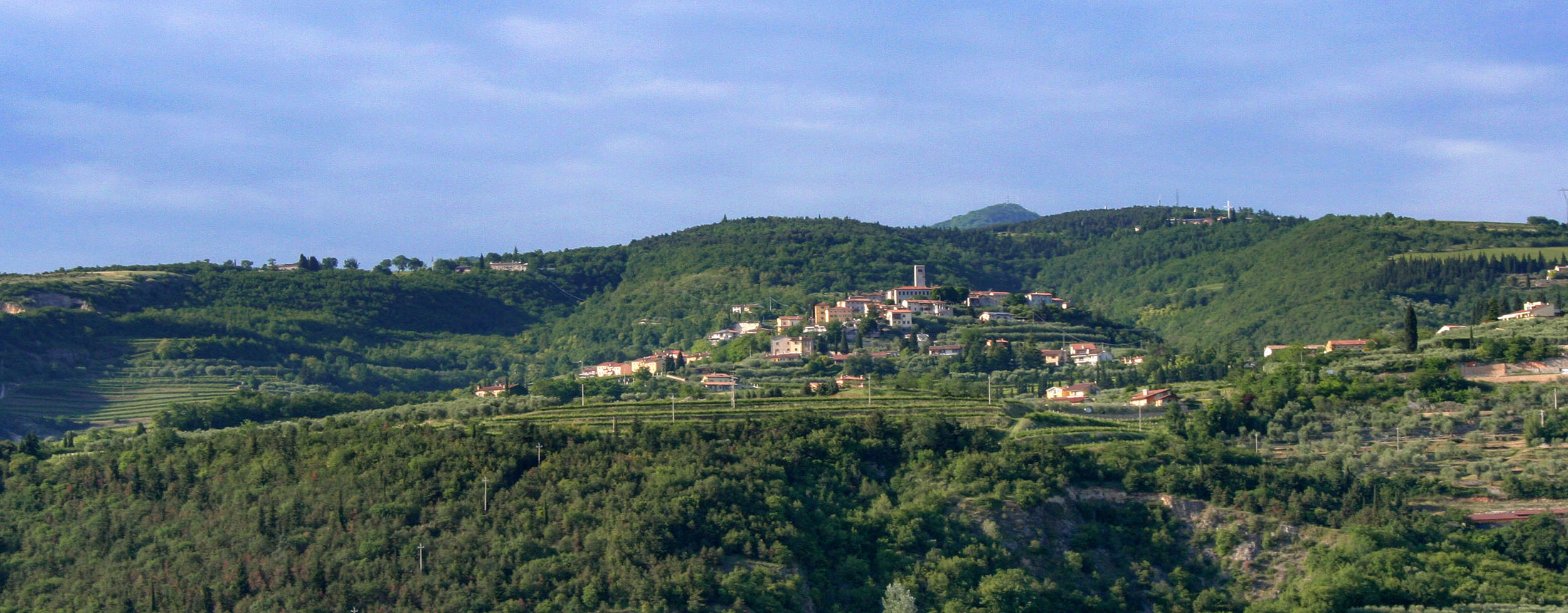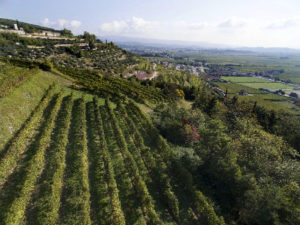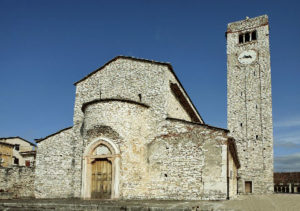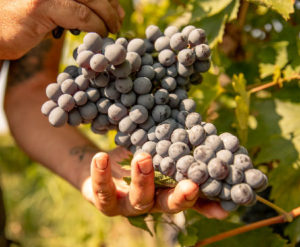
Valpolicella is an area in the Veneto region, in the province of Verona, that covers 240 KM2. It is an area rich in history, art and culture, which has become famous especially for its wines. It is bounded to the north by the Eastern Pre-Alps, to the south by the Adige River, to the west by the slopes of Mount Pastello, and to the east by the city of Verona. Lake Garda, on the other hand, lies 15 km further west. Because of its proximity, the climate enjoyed in this part of the province of Verona is almost Mediterranean. This has favored the development of specialized agriculture, for example, the technique of withering was known and practiced as early as Roman times. Inhabited since the Bronze and Iron Ages, Valpolicella has always provided an ideal environment for the cultivation of olive trees, vineyards and cherry trees, and in the past was known as “the garden of Verona.” In spite of its name, it is not a single valley, but a complex of three main valleys – those of Negrar, Marano and Fumane – and some other minor ones.

All together they combine to form a variously undulating landscape, which to the eye offers itself always different. The typical grapes of Valpolicella are generally the same ones that the Romans already knew: Corvina, Rondinella, Corvinone, Molinara, Oseleta, and many others. Together they represent the heritage that has contributed to making this land one of the most internationally known and prized for the production of its wines.

The municipalities of Sant’Ambrogio di Valpolicella, Fumane, San Pietro in Cariano, Marano, and Negrar make up what is known as Valpolicella Classica. Here, in the historic area of oldest and most prized wine production, stands the Eleva winery. The “Valpolicella” appellation of origin area, however, is wider, extending even east of Verona and including other valleys: Valpantena, Val Squaranto, Val di Mezzane, Val d’Illasi and Val Tramigna.

